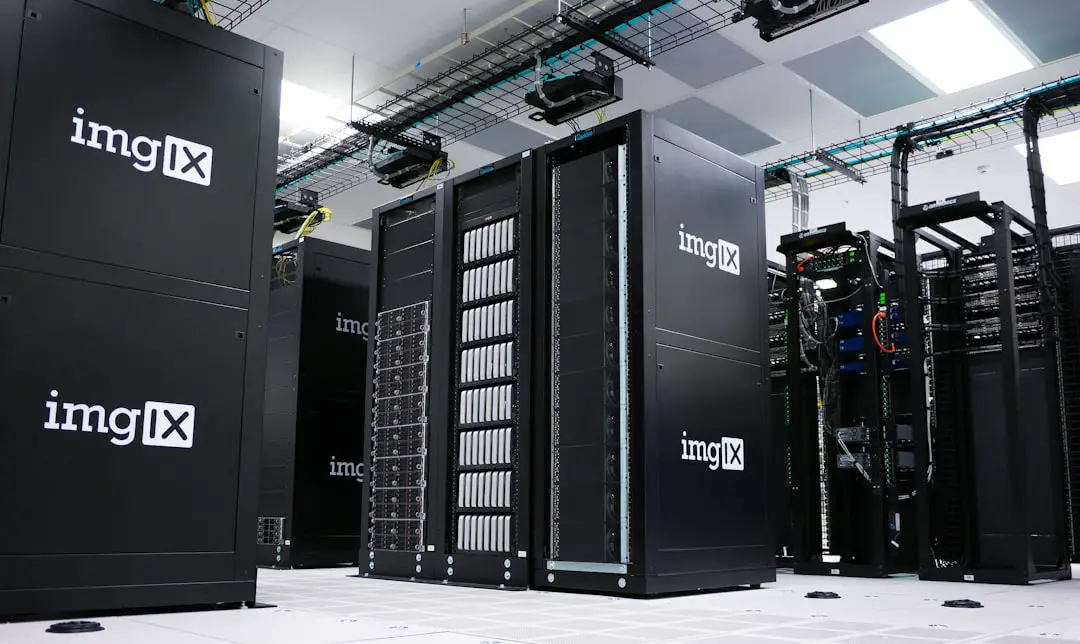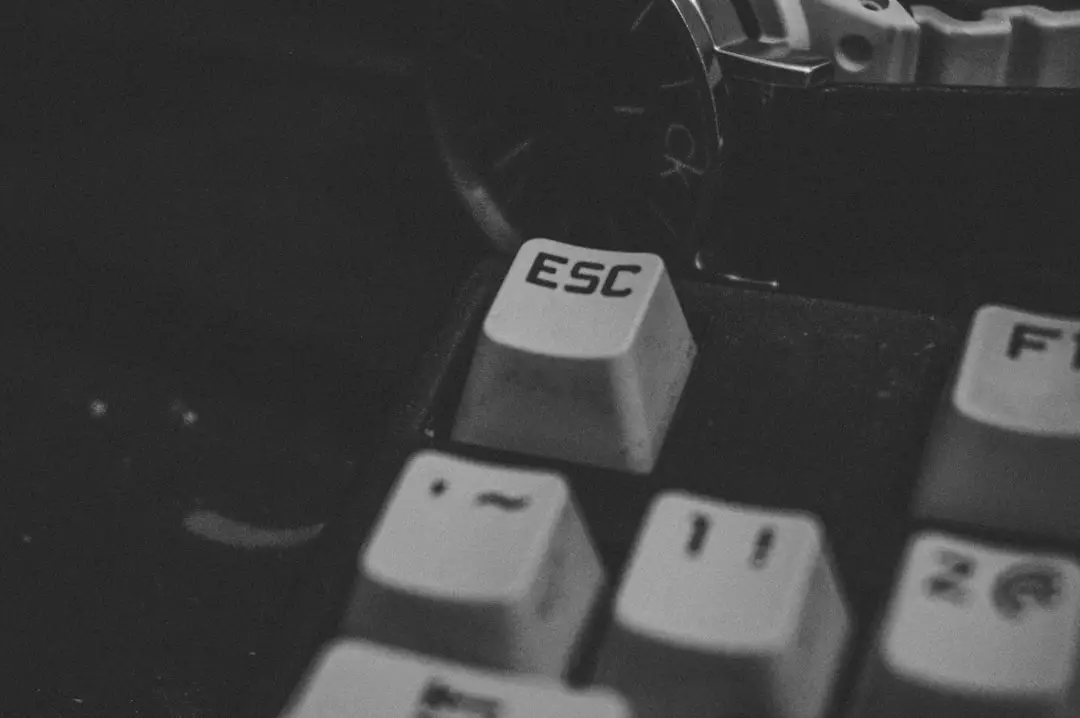If you’re working with industrial or enterprise data storage systems, encountering the Peak Unity 6000 System Error can be a serious issue, especially when uptime and functionality are mission critical. This error, often associated with Dell EMC Unity storage arrays, might seem daunting at first, but with the right approach, it can be resolved quickly and efficiently. In this article, we’ll walk through practical steps to identify, troubleshoot, and fix this system error so that your operations can return to normal with minimal downtime.
Understanding the Peak Unity 6000 System Error
The Unity 6000 systems are known for their reliability and performance, but like any complex technology, they aren’t immune to issues. The term “Peak Unity 6000 System Error” generally refers to a critical state where the system experiences degraded performance or a temporary halt in I/O operations due to either hardware malfunction, firmware incompatibility, or corrupted configuration data.
This typically manifests as:
- Loss of access to data volumes
- Failure in management interface responsiveness
- Warning or critical error messages in Unisphere interface or CLI
- High CPU or memory usage leading to system lag
Before panicking or immediately opening a support ticket, there are several steps you can take to resolve or at least localize the problem.
1. Collect Essential System Information
Your first move should always be data collection. When the system throws an error like this, understanding what triggered it is more than half the battle. Use the Unisphere environment or service CLI to gather logs, system reports, and recent configuration changes.
Here’s what you need to collect:
- System event logs
- SP (Storage Processor) status
- Disk status and SMART attributes
- Network connectivity stats
- Firmware version and patches applied
These logs help pinpoint whether the issue is software-related (e.g., a recent update), hardware-related (failing HDD or SSD), or something network-related.

2. Reboot the Trusted Path (SP Restart)
Sometimes the quickest fix is also the simplest. If the Storage Processors (A and B) are online but underperforming or stuck, a graceful restart might be all that’s needed. Here’s how to do it safely:
- Log into the Unisphere interface.
- Navigate to System > Service.
- Select SPA first, choose Restart, and confirm action.
- Wait for SPA to restart and stabilize before restarting SPB.
Important: Do not restart both SPs simultaneously. This can cause a total service outage and may result in system corruption.
3. Run Diagnostic Commands via UEMCLI
The UEMCLI (Unity CLI) tool is a powerful resource when Unisphere is unresponsive. Run diagnostics to gather deeper insight into core system functions. Here are a few helpful commands you can execute:
uemcli -d <IP> -u <admin> -p <password> /stor/prov/luns show— Displays LUN health.uemcli -d <IP> -u <admin> -p <password> /env/disk show— Shows disk status.uemcli -d <IP> -u <admin> -p <password> /env/sp show— Shows SP health and temperature warnings.
If you identify failed disks or overheating errors, take immediate action to isolate the failed component. This often restores normal system behavior without requiring full reboot or data loss.
4. Verify Firmware Compatibility and Updates
One often overlooked resolution path involves firmware mismatches between individual components. Each Unity OS patch comes with support for specific drive firmware and interface cards.
Navigate to:
- System > Software and Licenses
- Check the current Unity Operating Environment version
- Cross-reference that with EMC’s support matrix online
If you’ve recently upgraded the Unity OE and haven’t updated your drive or interface firmware, get those updates applied. Use the EMC Support site to download the appropriate versions and follow the installation instructions. This can eliminate ongoing system errors tied to version incompatibility.
5. Hard Reboot as a Last Resort
If all else fails and the system remains unresponsive or error-prone, perform a full system power cycle. This is not advisable unless:
- You’ve conducted proper data backups
- Both SPs are unresponsive or keep failing
- Support team instructs you to do so with guidance
Follow these steps carefully:
- Gracefully shutdown any connected hosts or cores
- Turn off Storage Processor A from PDU
- After 30 seconds, power off SP B
- Wait for 1 full minute
- Power on SP A then, after full boot, turn on SP B

6. When to Call Support
If you’re not seeing resolution after these steps or if you suspect a hardware failure such as controller board issues or power modules failing, it’s time to open a case with Dell EMC support. Prior to contacting them, make sure you:
- Collect diagnostic log bundles from Unisphere
- Get the SP serial numbers and installed license key
- Take photos of front and rear of the system (for LED indicators)
This preparation will drastically reduce the time it takes for support to identify and assist with the exact problem.
7. Long-Term Prevention Tips
Once the issue is resolved, it’s vital to minimize the chances of it happening again. Here are key preventative steps:
- Schedule quarterly firmware and OS updates: Keep compatibility levels in check.
- Set automated alerts in Unisphere: These will notify you of temperature spikes, disk health issues, and degraded performance before it becomes critical.
- Run weekly diagnostic reports: Keep an eye on storage processor stats and I/O performance.
- Use a UPS (Uninterruptible Power Supply): Sudden power failure is one of the leading causes of SP corruption.
Conclusion
Resolving a Peak Unity 6000 System Error quickly is all about understanding the root cause and following a structured troubleshooting path. Whether it’s a simple SP reboot, firmware upgrade, or a more complex hardware issue, having the right tools and strategy in place makes all the difference. While the issue can initially be disruptive, following these steps not only gets your system back online—it also sets the stage for a more resilient storage environment moving forward.
Stay proactive, stay informed, and make sure your Unity 6000 system remains an asset, not a liability.
